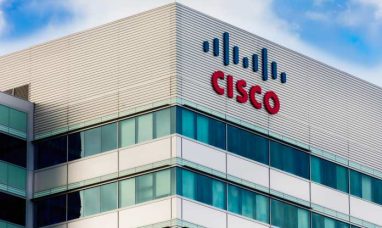Eli Lilly and Company (NYSE:LLY) is back in the spotlight after its oral Lilly obesity pill orforglipron delivered strong results in the ATTAIN-2 phase III trial. The study, involving overweight and obese patients with type II diabetes, demonstrated an average weight loss of 22.9 lbs (10.5%) on the highest 36 mg dose compared to 5.1 lbs with placebo. The Lilly obesity pill also lowered A1C levels by up to 1.8%, improving overall metabolic health markers.
These findings eased concerns stemming from the earlier ATTAIN-1 trial, where weight loss results fell slightly short of Wall Street expectations. LLY stock surged nearly 6% following the ATTAIN-2 announcement, signaling renewed investor confidence in Lilly’s obesity strategy.
How Does Lilly Stack Up Against Competitors?
The global obesity treatment market is projected to reach $100 billion by 2030, creating intense competition. Currently, injectable treatments like Lilly’s Zepbound and Novo Nordisk’s (NYSE:NVO) Wegovy dominate. However, there is massive demand for convenient daily pills. The Lilly obesity pill could disrupt the market by providing a scalable oral option.
Novo Nordisk is also racing to bring an oral version of Wegovy to market, with an FDA decision expected later this year. Viking Therapeutics (NASDAQ:VKTX) is developing VK2735 as both oral and injectable formats, while Amgen (NASDAQ:AMGN) is testing MariTide, a monthly autoinjector. Lilly’s orforglipron stands out for its potential to be used as maintenance therapy after patients reach their weight goals with injectables.
Regulatory Plans and Pipeline Growth
With ATTAIN-2 completed, Lilly now has the full dataset needed to begin global regulatory filings for orforglipron in 2025. The company expects to submit applications later this year, setting the stage for a possible 2026 launch. The Lilly obesity pill is not the only candidate in its pipeline. Retatrutide, another late-stage molecule, is being tested across obesity, obstructive sleep apnea, knee osteoarthritis, and chronic pain.
Other mid-stage assets like bimagrumab and mazdutide expand Lilly’s obesity strategy even further. Such diversification is crucial in a market where innovation and speed determine long-term success.
Safety and Market Outlook
One of the main investor concerns has been discontinuation rates and safety. In ATTAIN-2, 10.6% of patients on the highest dose discontinued due to adverse events, compared to 4.6% for placebo. While higher than ideal, this safety profile aligns with injectable GLP-1 drugs already on the market.
Analysts note that even with some mixed data across studies, the Lilly obesity pill could play a critical role in the company’s broader weight-loss portfolio. With demand far outstripping supply for existing treatments like Zepbound and Wegovy, any additional capacity is welcome news for patients and investors alike.
LLY Stock Valuation and Analyst Sentiment
Lilly’s stock has dipped 4.1% year-to-date, underperforming its peers. From a valuation perspective, the stock trades at 26.12x forward earnings—above industry averages but below its five-year mean of 34.54x. Analysts have raised their earnings estimates for 2025 and 2026, reflecting optimism over orforglipron’s future sales potential.
Zacks Consensus now expects $22.81 EPS for 2025 and $31.01 for 2026. With positive clinical data and upcoming regulatory filings, Wall Street remains constructive on Lilly’s long-term prospects.
Conclusion: Is the Lilly Obesity Pill a Game-Changer?
The ATTAIN-2 data suggests that Lilly’s oral weight-loss drug could reshape the obesity treatment landscape. By offering convenience and efficacy consistent with injectable GLP-1s, the Lilly obesity pill has the potential to capture significant market share.
As competitors like NVO, VKTX, and AMGN race to develop next-gen obesity solutions, Lilly’s head start with orforglipron could prove decisive. For investors, the road ahead looks promising, though regulatory milestones and safety monitoring will be critical watchpoints.
As the year unfolds, investors should keep monitoring earnings reports, geopolitical events, and monetary policy signals. A diversified strategy remains crucial, and keeping a close eye on sector trends can provide an edge. The companies highlighted above could present compelling opportunities if broader market conditions continue to stabilize and support growth.
Featured Image: Freepik









